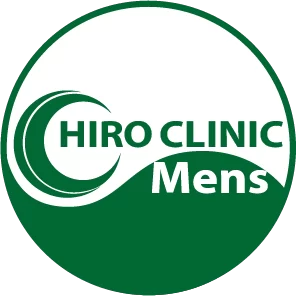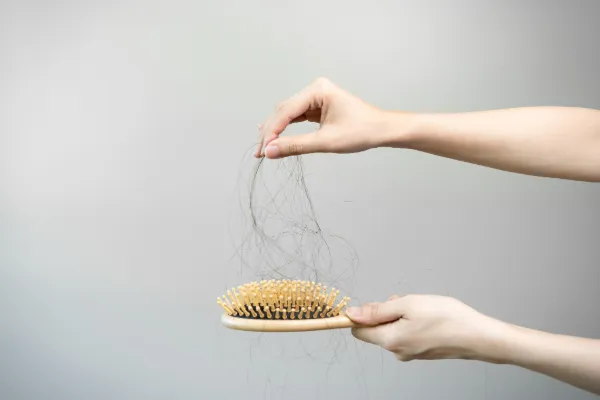この記事の概要
Hair transplant technology has evolved dramatically in recent decades. For those suffering from male pattern baldness (AGA) and other hair loss disorders, hair transplantation can be an effective solution. In addition to current technologies, there is also a lot of attention being paid to future innovations and possibilities. This article details the evolution of hair transplantation, future technologies, and their potential.
Current hair transplant technology
1. FUT法(Follicular Unit Transplantation)
The FUT method is a method in which a strip of skin is cut from the back of the head and transplanted into individual hair follicles. Since a large number of hair follicles can be transplanted at once, it is suitable for thinning hair over a wide area.
merit
Many hair follicles can be transplanted at once
High survival rate
Disadvantages
A linear scar remains on the back of the head
It takes time to recover
2. FUE法(Follicular Unit Extraction)
The FUE method is a method in which hair follicles are harvested one by one from the back of the head and transplanted. It is characterized by small scars and quick recovery.
merit
Scars are small and inconspicuous
recovery is fast
Disadvantages
It takes time to collect
Requires advanced technology

Evolution of hair transplant technology
1. Robot-assisted hair transplantation
Robot-assisted hair transplantation is a method of harvesting and transplanting hair follicles using robotic technology. Because high-precision technology is required, it is possible to perform more precise processing than manual labor.
merit
High precision and uniform hair transplantation possible
Shortened surgery time
Efficient use of donor site
Disadvantages
high cost
Requires special equipment
2. Stem cell therapy
Stem cell therapy is a method that uses a patient’s own stem cells to regenerate hair follicles. Research is progressing as part of regenerative medicine, and it may become a fundamental solution to hair loss in the future.
merit
Natural hair regrowth possible
Long-term effects can be expected
Disadvantages
It is in the research stage and it will take time to put it into practical use.
high cost
3. Low-power laser therapy (LLLT)
Low-power laser therapy (LLLT) is a method that uses laser light to stimulate hair follicles and promote hair growth. It is attracting attention as a non-invasive treatment method.
merit
Non-invasive and less painful
Treatment possible at home
Disadvantages
There are individual differences in the effect
long-term treatment required
4. 3D printing technology
Research is underway to create and transplant artificial hair follicles using 3D printing technology. This makes it possible to eliminate the shortage of donor sites.
merit
Eliminate donor site constraints
High-precision artificial hair follicles can be created
Disadvantages
It is in the research stage and it will take time to put it into practical use.
high cost
Future technology and possibilities
1. Gene therapy
Gene therapy is a method that fundamentally solves the cause of hair loss by modifying the genes in the hair follicle. Treatments targeting specific genes are being researched.
merit
Fundamental treatment possible
Long-term effects can be expected
Disadvantages
It is in the research stage and it will take time to put it into practical use.
Advanced technology and high cost
2. Bioengineering
This is a method of artificially creating and transplanting hair follicles using bioengineering technology. As part of regenerative medicine, we aim to regenerate natural hair.
merit
Natural hair regrowth possible
Long-term effects can be expected
Disadvantages
It is in the research stage and it will take time to put it into practical use.
high cost
3. Nanotechnology
New treatments are being investigated to stimulate hair follicle growth using nanotechnology. It uses nanoparticles to stimulate hair growth by acting directly on the hair follicle.
merit
Can act on hair follicles with high precision
Non-invasive treatment possible
Disadvantages
It is in the research stage and it will take time to put it into practical use.
high cost
4. Probiotic treatment
Probiotic treatment is a method of using certain beneficial bacteria to improve scalp health. This improves the scalp environment and promotes hair growth.
merit
natural remedies
Few side effects
Disadvantages
There are individual differences in the effect
long-term treatment required
Future prospects for hair transplantation
Advances in personalized medicine
Future hair transplant technology will enable treatments that are more optimized for each individual patient due to advances in personalized medicine. We hope to maximize efficacy by selecting the most appropriate treatment for the patient based on genetic and hormonal testing.
Practical application of new treatment methods
Research into new treatments such as stem cell therapy and gene therapy is progressing, and when these are put into practical use, it is expected that they will be more effective than conventional hair transplantation techniques.
Evolution of non-invasive treatments
Non-invasive treatment methods will continue to evolve, making it possible to provide treatments that are less burdensome for patients. It is expected that low-power laser treatments and treatments using nanotechnology will more effectively promote hair growth.
In conclusion
Hair transplantation technology has evolved significantly over the past few decades, and it is expected that even more innovative technologies will be put into practical use in the future. It is important to understand current technology and future possibilities to choose the treatment that is best for you. Those who suffer from hair loss can achieve satisfactory results by utilizing the latest research results and techniques and receiving appropriate treatment under the guidance of a specialist.
Hiro Clinic Hair Transplant
At Hiro Clinic, we recommend Natural Pro FUE treatment, which treats hairless areas where oral treatment or injection therapy is not effective, and leaves almost no visible scars. By harvesting hair roots from the back of the head and shaving the area, post-surgery management is easier, and only the required number is transplanted with a natural-looking finish. It can be performed as a same-day surgery using local anesthesia, provides gradual hair growth at an affordable price, and can be safely performed in Japan.








